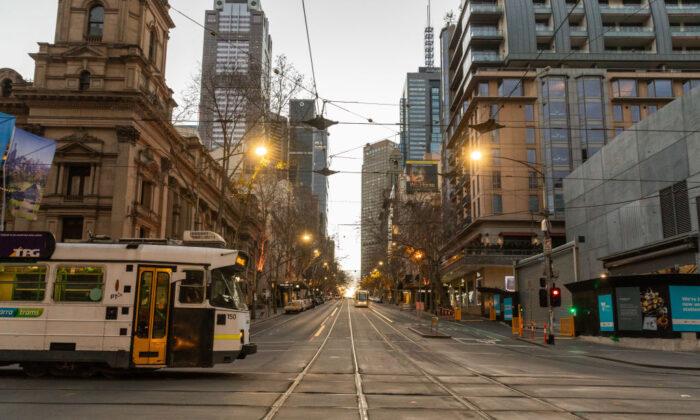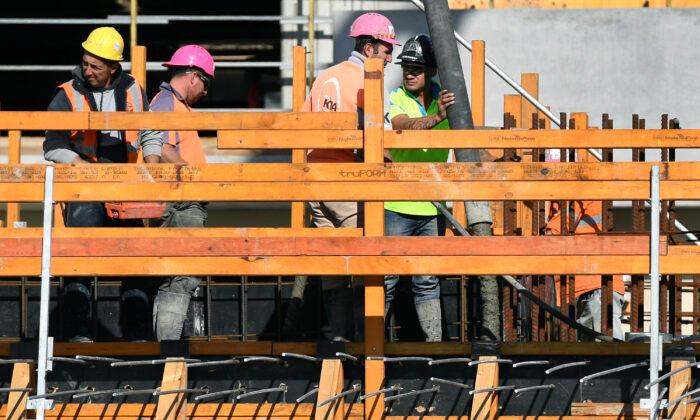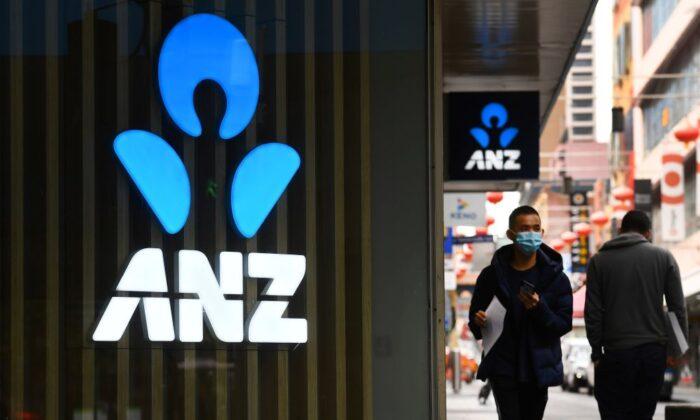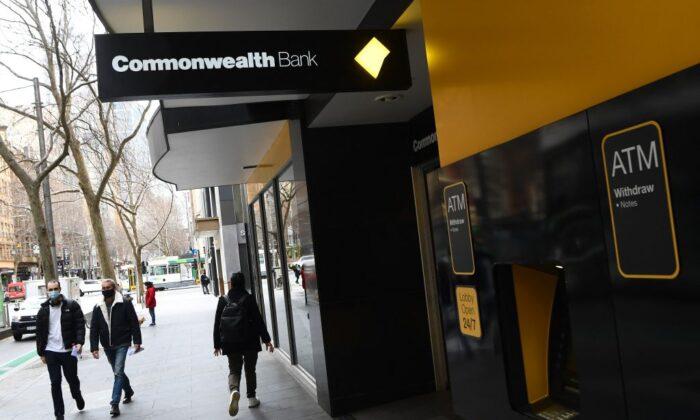The employment to population ratio increased by 0.5 percent in August to 60.3 percent, with the number of the unemployed edging down below one million.
Full-time employment increased by 36,200 to 8.58 million people, and part-time work increased 74,800 to 3.99 million people, yet both have dropped significantly compared to the same period last year.
The better-than-expected headline figure highlights the impact of the COVID-19 lockdown on the labour market with Victoria being the only state recording a fall in employment during the month.
“The August data provides insights into the labour market impacts from the Stage 4 restrictions in Victoria,” Bjorn Jarvis, head of Labour Statistics at the ABS, said.
“In addition to the large fall in hours worked, employment in Victoria also decreased by 42,400 people, and the unemployment rate increased to 7.1 percent.”
Job Pains Still a Problem
Despite the positive sign of job growth, the latest figures demonstrate the tough challenges dominating the labour market.The total number of hours worked in August—a more realistic statistic that removes the distortion created by JobKeeper and JobSeeker wage subsidies—rose only 0.1 percent, with a 4.8 percent fall in Victoria offsetting the 1.8 percent increase in other parts of the country.
The flat working hour increase has left the underemployment rate (the ratio of people looking for more hours of work than they got) stuck at 11.2 percent.
The ABS defines payroll jobs as “employee jobs” for which payment is reported to the Australian Taxation Office through Single Touch Payroll.
“The weaker increase in hours worked has also been reflected in the strength of the increase in part-time employment between May and August, which has been almost eight times greater than the increase in full-time employment,” Jarvis explained.
Another weakness evident is the participation rate, which rose only by 0.1 percentage point to 64.8 percent and remains well below the 65.9 percent recorded in March before the first lockdown.
‘Stunning’ Data But Bumps on the Road Ahead
CommSec Chief Economist Craig James welcomed the August statistics as they show that the government’s job programs are working.“The cherry on top was a drop in the youth jobless rate from 16.3 percent to 14.3 percent. The job programs are clearly working as intended,” he added.
As Victoria starts to ease restrictions, James expects that the unemployment rate will peak well below official forecasts of near 10 percent.
However, he also warns of significant bumps on the road ahead.
“Aussies need to collectively take a deep breath ahead of the wind-down of JobKeeper and JobSeeker schemes over the next six months, ”he said.
“The hope is that stronger operating conditions and reduced support payments will encourage workers to re-join the job market.”




